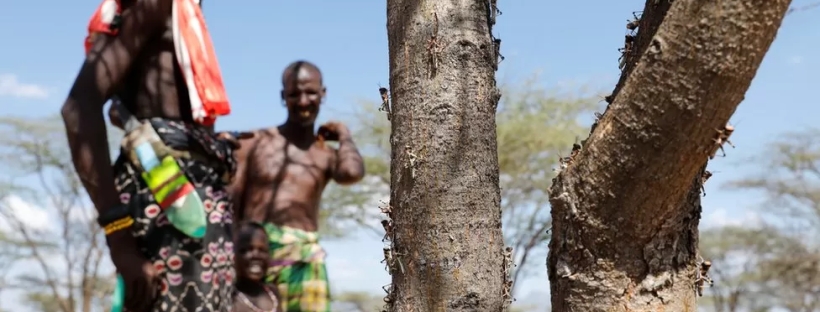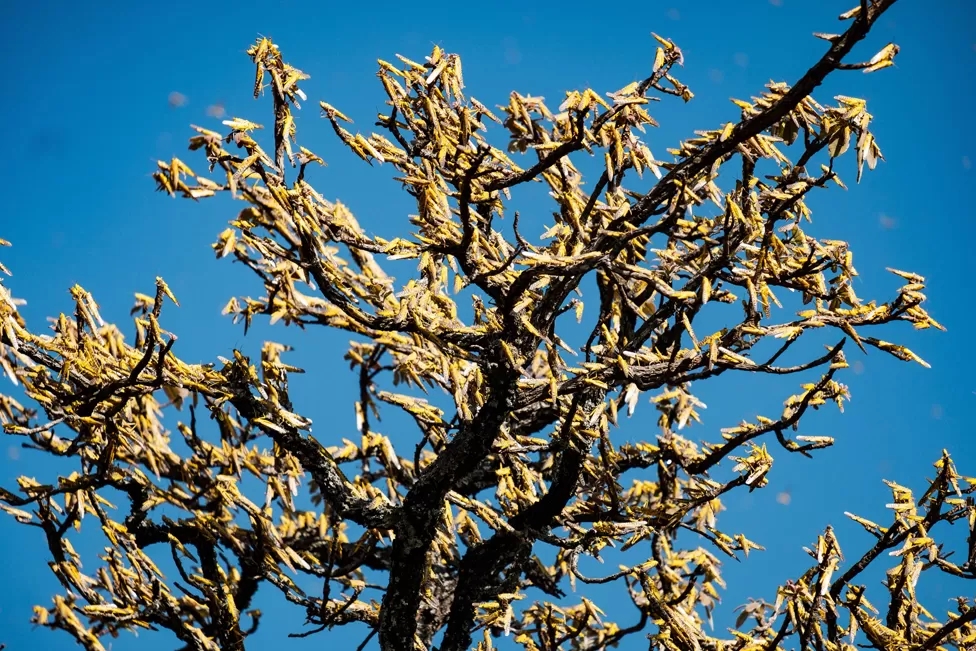Art In Tanzania Intern Soohyun Won
Environmental Advocacy Internship
At the height of COVID-19 in 2020, swarms of desert locusts appeared in the “Horn of Africa” in Kenya, Somalia, and Ethiopia, causing a food crisis for the first time in decades. The number of locusts has increased too much, moving in droves, quickly eating crops, and destroying the land for farming, posing a significant threat to residents’ food supply and demand.
Experts point to climate change as the cause of the sudden increase in locusts. Due to the abnormal climate, the weather in this African area has become humid as the rain has become more frequent. As a result, the temperature level has also risen, which created an environment suitable for locusts to breed.
Furthermore, the unexpected flood incident in East Africa in 2019 caused another environmental damage despite recovering from the recent effects of climate change. Indeed, the damage made the region’s humanitarian crisis more severe than before.
When ungrown desert locust larvae form a group, they are about 60km long and 40km wide. In Kenya, locusts have raced from Mandera in the north to Marsabit, Wajir and Garissa in the southwest, devastating the Ethiopian area and severely damaging its border in the eastern part of the country. When locusts grow into adults and lay eggs, the cycle of larvae born from the eggs increases quickly and coming adults. This damage inevitably doubles as time goes by. Since most people in East Africa still make their living through agriculture or driftwood, most of the people in East Africa who make use of crops and land have suffered from the food crisis.
In this situation, unfortunately, as COVID-19 restricted the movement of human resources and materials between countries, controlling the population of desert locusts was difficult. Power spray and pesticides, essential for maintaining desert locusts, are mainly imported from Europe and Asia, as regular supply and demand of it have become difficult due to COVID-19. Nevertheless, evaluate is that the assistance of developed countries and the international community to eradicate desert locusts is needed. The FAO formed a task force to eliminate desert locusts, established aviation control and ground control measures in 10 countries directly affected by desert locusts, and allowed more than 740 people to receive education to cope with desert locusts. It also strengthened cooperation with local organizations and on-site rural leaders to immediately update information on the occurrence of desert locusts so that temporary measures take place quickly. Meanwhile, the World Bank has also provided emergency funds.
The problem that has arisen in one area is no longer a challenge in that area alone anymore. The locusts that swept through East Africa moved at about 13 kilometres per hour, damaging 23 countries through the Middle East and South Asia. This swarm of locusts also appeared in China and Russia, and China launched an all-out war to prevent locusts by releasing 100,000 duck troops. The 2020 plague of locusts is a problem caused by climate change and persistent food shortages, which could lead to a food and hunger crisis in a short time. Furthermore, because climate change has become worse than in 2020, a locust invasion is a crisis that can happen again at any time, and that is why an appropriate response is needed. I hope the international community can cooperate to establish a system to prevent possible risks. There is a precedent in which the international community can take a united approach towards reasonable measures and create a response manual amid COVID-19.
Contact us for more information.



